Eye diseases, as the name suggests, refer to conditions that affect the eye. These diseases vary widely, each impacting different parts of the eye. This article discusses some of the most significant eye conditions humans may encounter.
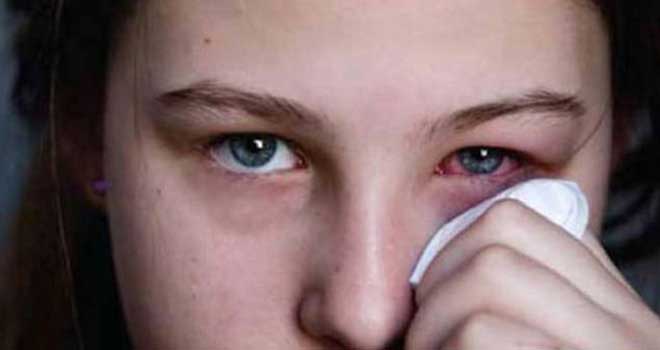
Types of Eye Diseases
The eye is one of the body’s most sensitive organs and is vulnerable to serious injuries. Therefore, understanding eye diseases, their symptoms, and treatments is crucial for accelerating recovery. Some of the most notable eye conditions include:
Strabismus (Crossed Eyes)
Strabismus, or misaligned eyes, occurs when the eyes do not align properly. Normally, the six muscles controlling eye movement work together to direct both eyes in the same direction. In individuals with strabismus, these muscles fail to coordinate, leading to misalignment.
This condition is commonly observed in childhood, though adults can also develop it. In adults, strabismus is often caused by a stroke or severe trauma.

Refractive Errors
Refractive errors include conditions such as myopia (nearsightedness), hyperopia (farsightedness), astigmatism (blurred vision at all distances), and presbyopia (age-related difficulty focusing on close objects, typically occurring between ages 40–50). These issues are often corrected with glasses or contact lenses, though surgery may be required in some cases.
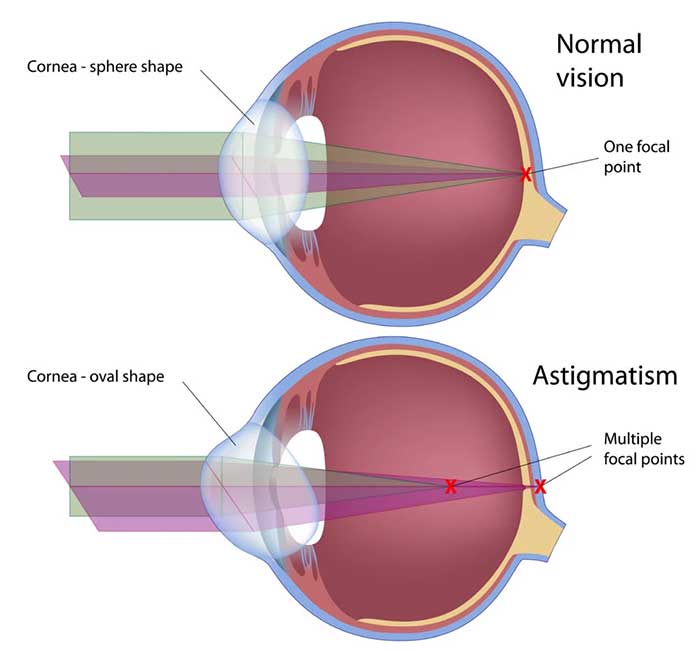
Age-Related Macular Degeneration (AMD)
AMD is an age-related eye disorder that severely damages the macula, the light-sensitive part of the retina responsible for sharp central vision needed for tasks like reading and driving. It is the leading cause of blindness worldwide and has two forms: dry and wet. Early stages may lack noticeable symptoms, but vision deteriorates as the condition progresses. AMD is the primary cause of permanent reading and close-vision impairment in individuals aged 65 and older.
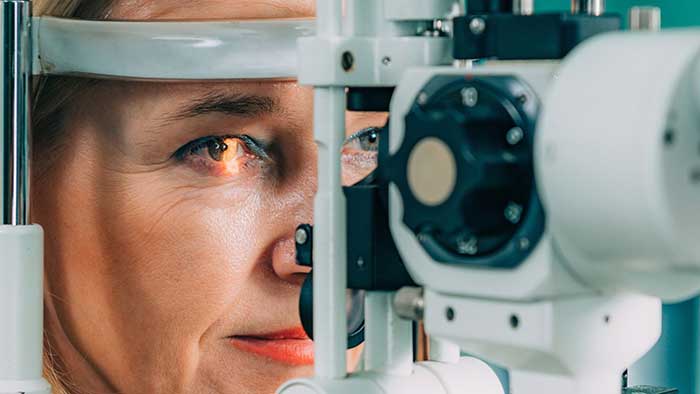
Color Vision Deficiency (Color Blindness)
Color blindness, more accurately termed color vision deficiency, is the inability to distinguish certain colors. While many refer to it as “color blindness,” true monochromatic vision (seeing only in black and white) is rare. Most cases involve difficulty differentiating shades of red and green. The condition is often inherited and more common in men. Certain eye diseases or medications can also cause it.

Cataracts
Cataracts occur when the eye’s lens becomes cloudy, leading to blurred vision. Risk factors include aging, underlying health conditions, and trauma. Fortunately, cataracts can be treated with a simple surgical procedure.
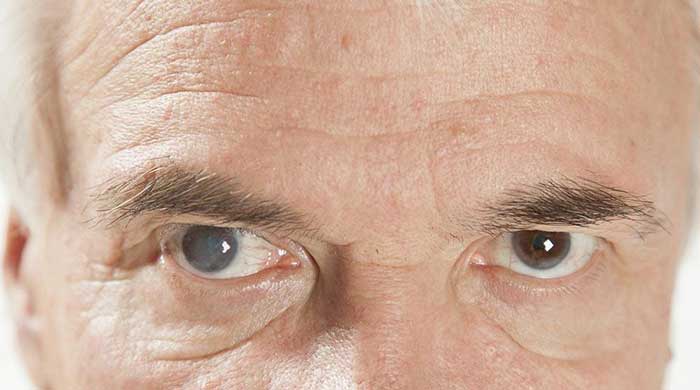
Exophthalmos (Protruding Eyes)
Exophthalmos, or bulging eyes, may signal infection, thyroid disorders, or other medical issues. Immediate consultation with an ophthalmologist is essential to prevent complications. Symptoms include a gritty sensation in the eye, swollen eyelids, redness, dryness, irritation, or excessive tearing. Treatment may involve thyroid medications, artificial tears, corticosteroids, immunosuppressants, or surgery.
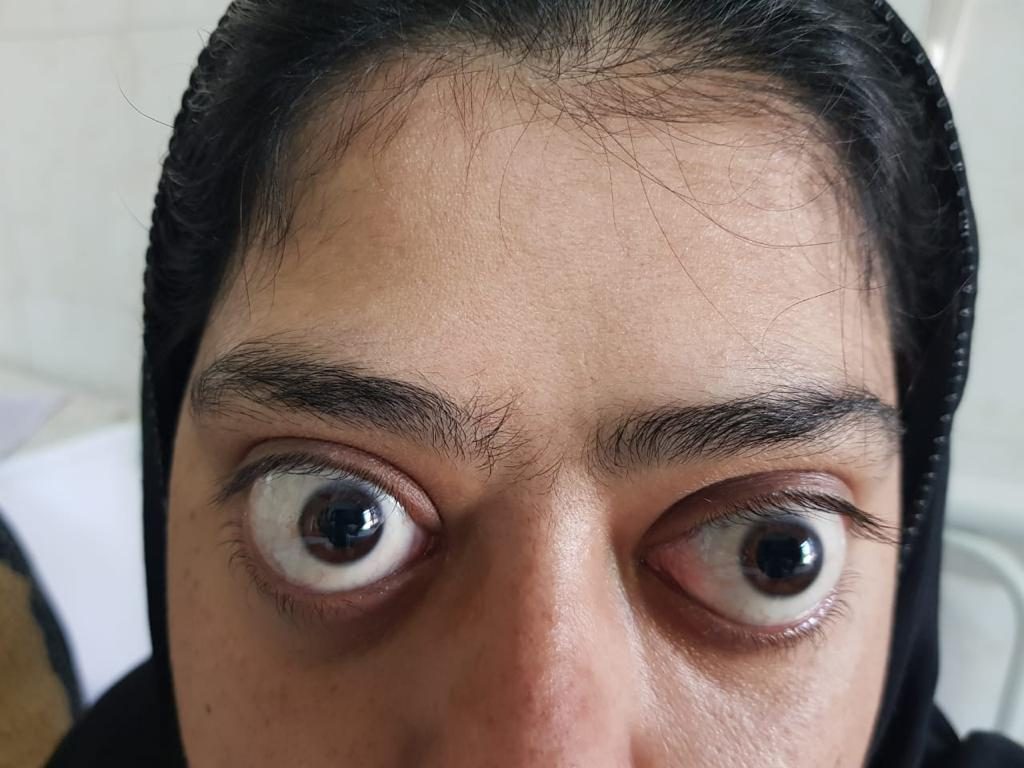
Retinal Detachment
Retinal detachment is an emergency where the retina (a thin layer of tissue at the back of the eye) separates from its underlying blood vessels, depriving retinal cells of oxygen and nutrients. Delayed treatment increases the risk of permanent vision loss. Warning signs include sudden floaters, flashes of light, or reduced vision.
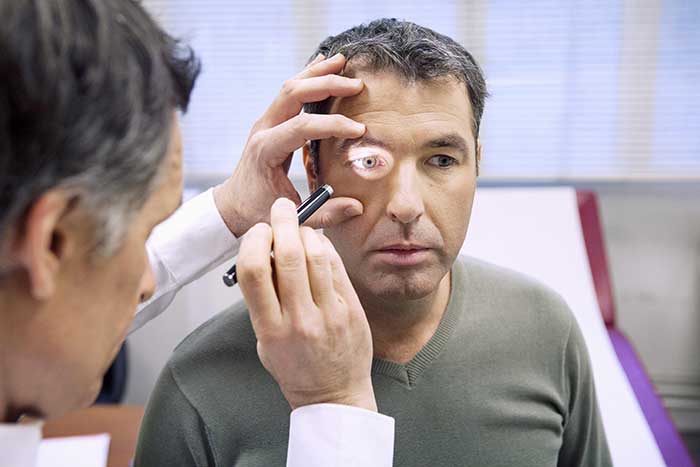
Low Vision
Low vision refers to irreversible vision loss that cannot be corrected with glasses, surgery, or medication. The most common cause is macular degeneration, which affects central vision. Other causes include glaucoma, cataracts, and diabetes.

Glaucoma
Glaucoma, a leading cause of blindness worldwide, results from increased intraocular pressure damaging the optic nerve. It often progresses silently in early stages, gradually narrowing the visual field and leading to irreversible vision loss. Early diagnosis, regular monitoring, and treatment (eye drops, oral medications, laser therapy, or surgery) are critical. In advanced cases, eye removal (enucleation) may be necessary, requiring an ocular prosthesis (artificial eye).
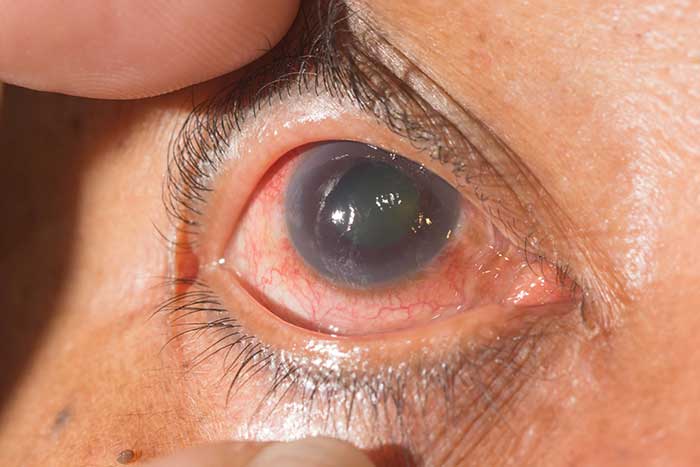
Other Eye Conditions
Other eye diseases include keratoconus, dry eye syndrome, corneal infections, and eye cancer. Prompt medical attention is vital for any symptoms suggesting eye disease. In severe cases like cancer, eye removal may be required, necessitating the use of ocular prosthetics to restore facial aesthetics and prevent complications.
Early diagnosis and treatment are key to preserving vision. Regular eye exams and timely intervention can mitigate risks and improve outcomes for most eye conditions.

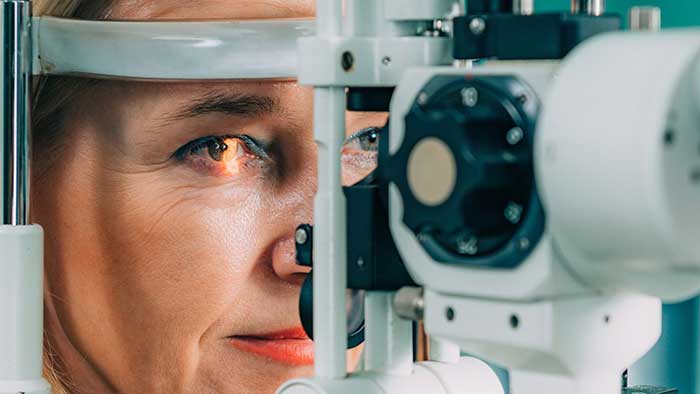
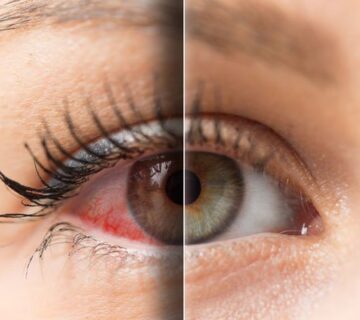
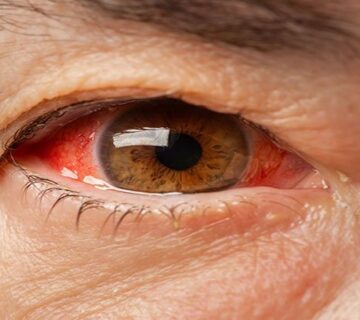
No comment